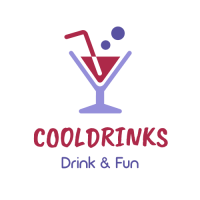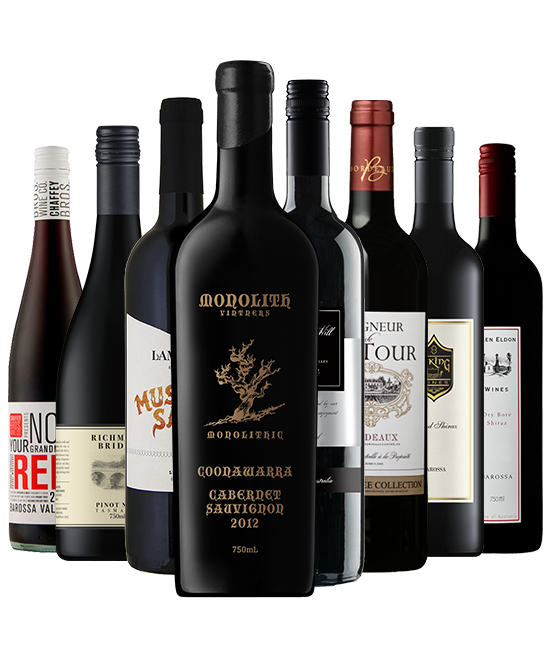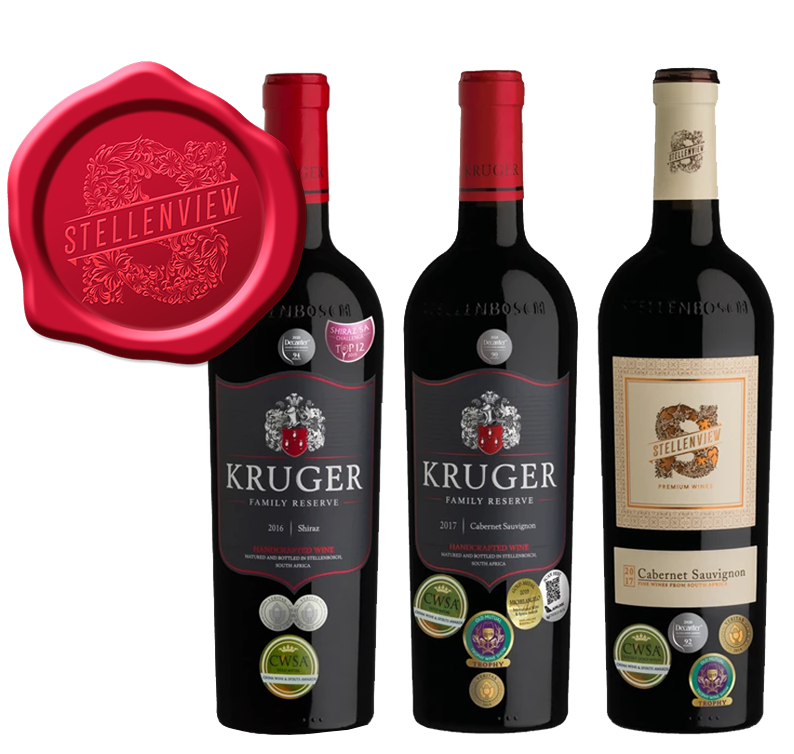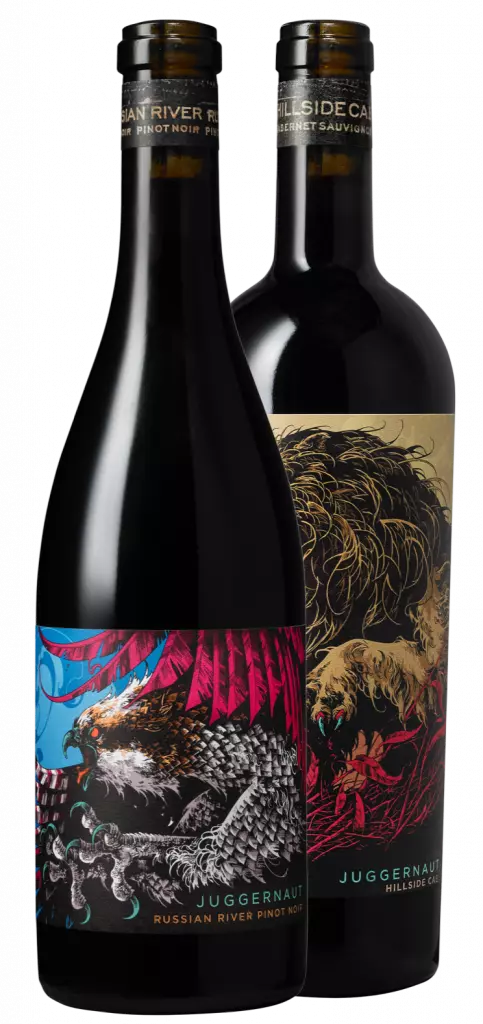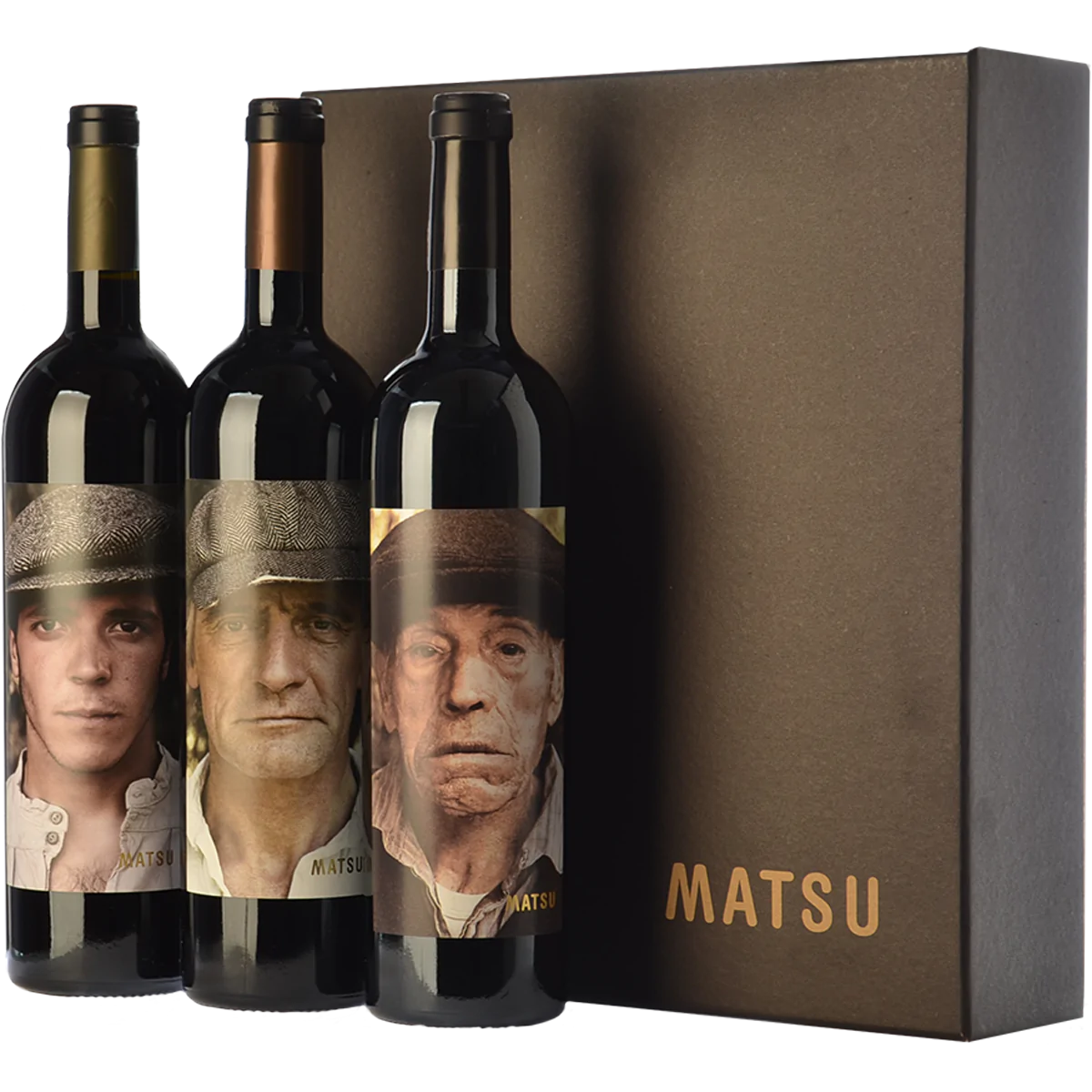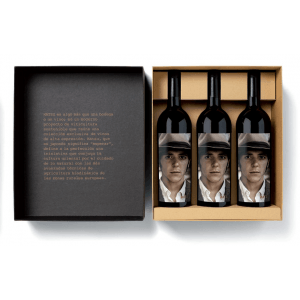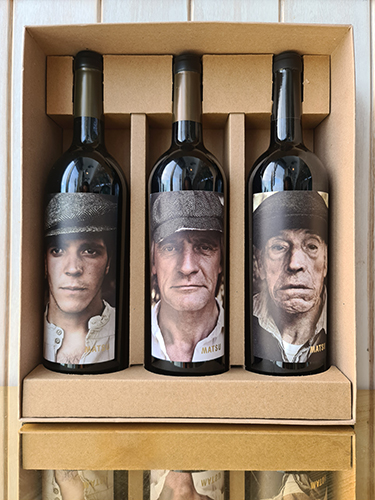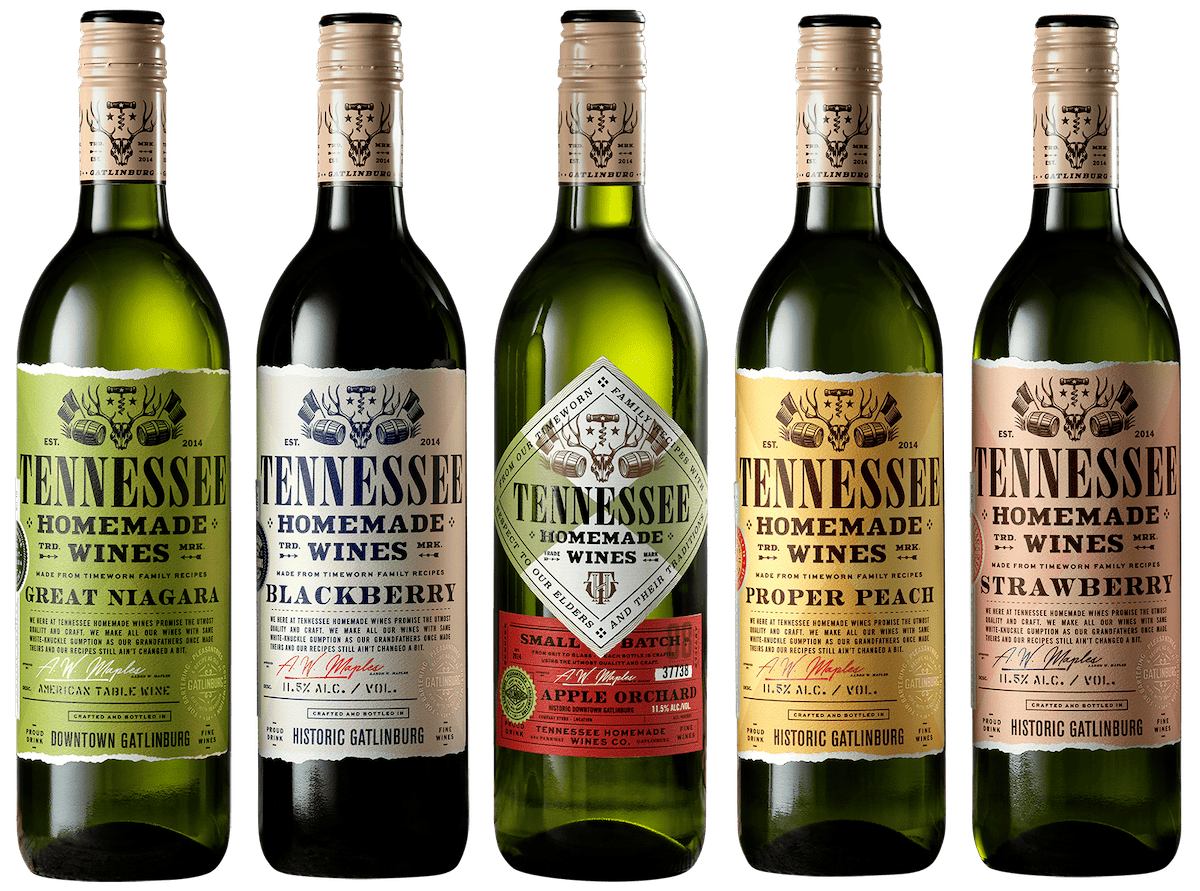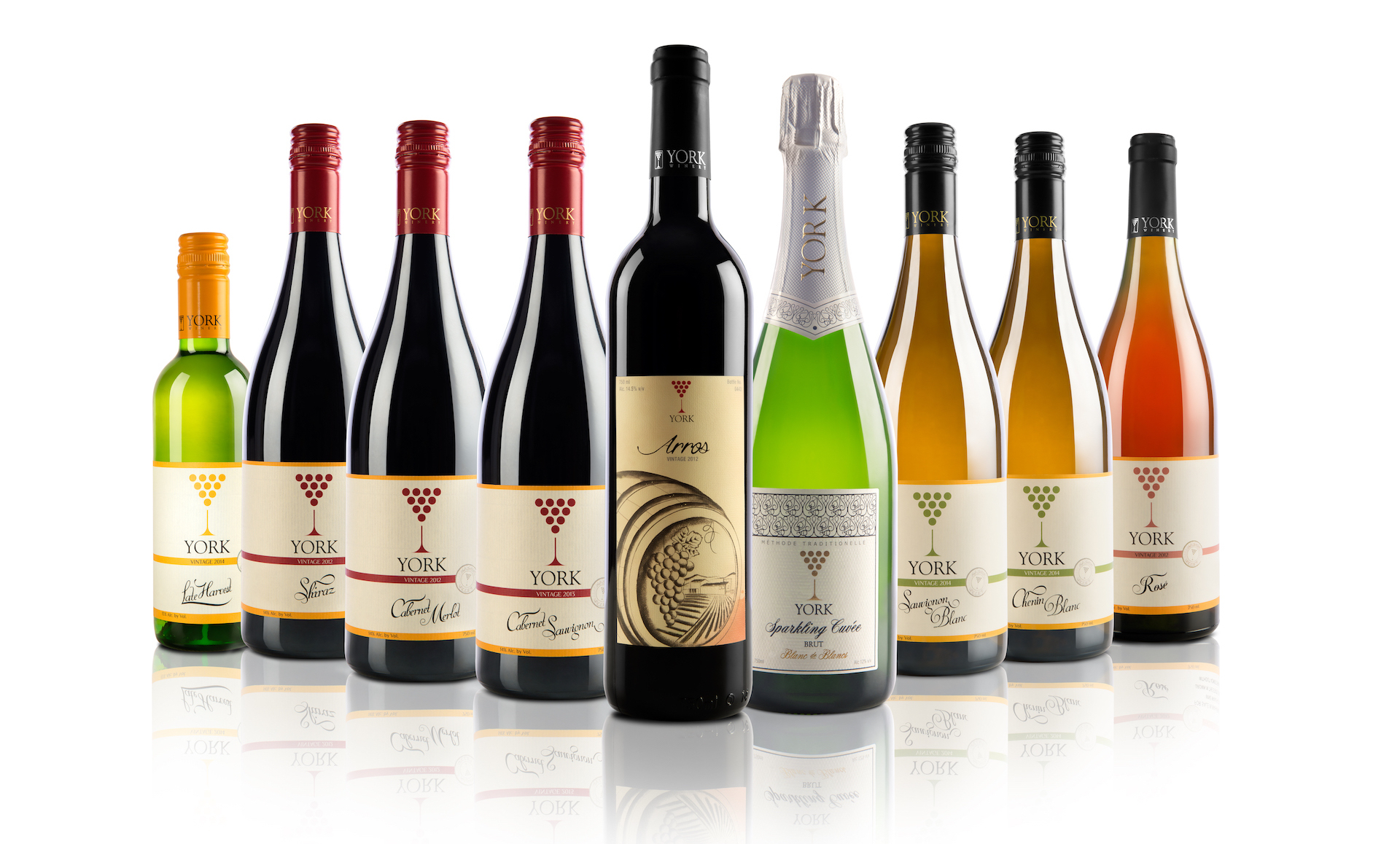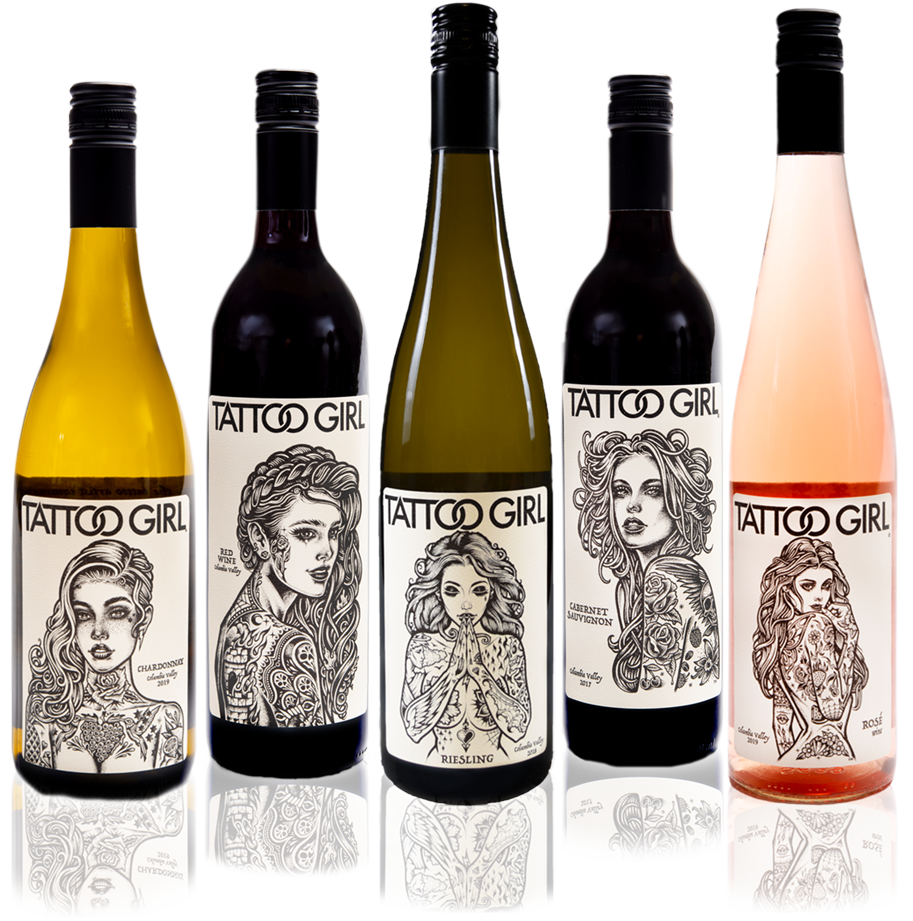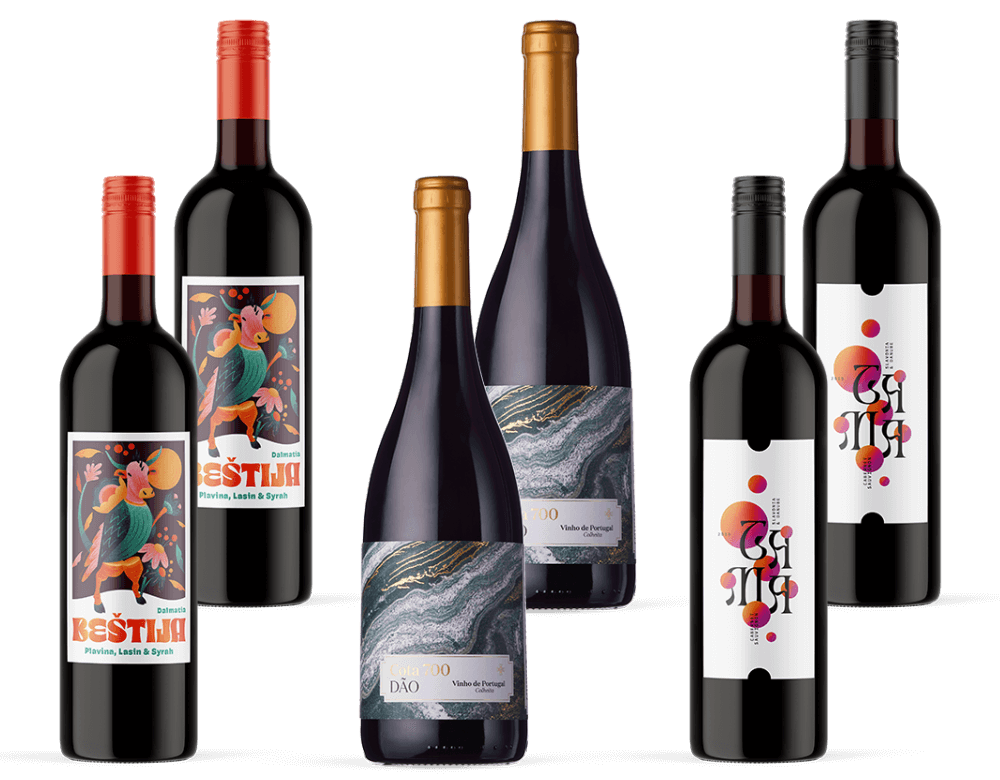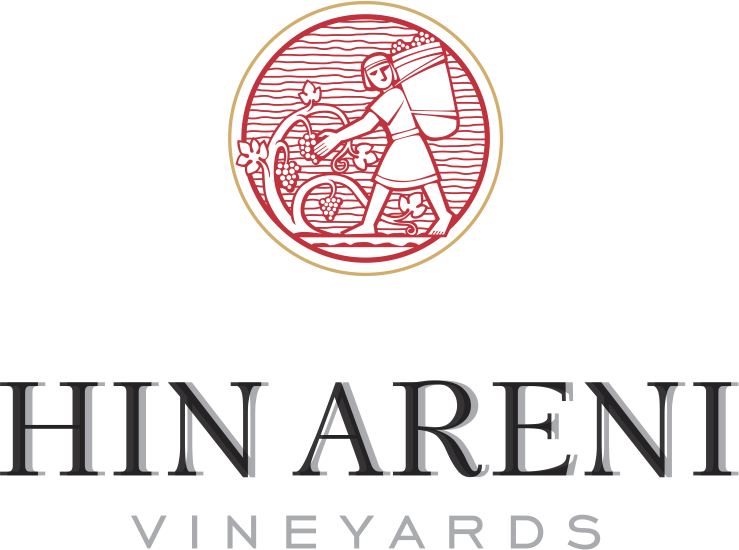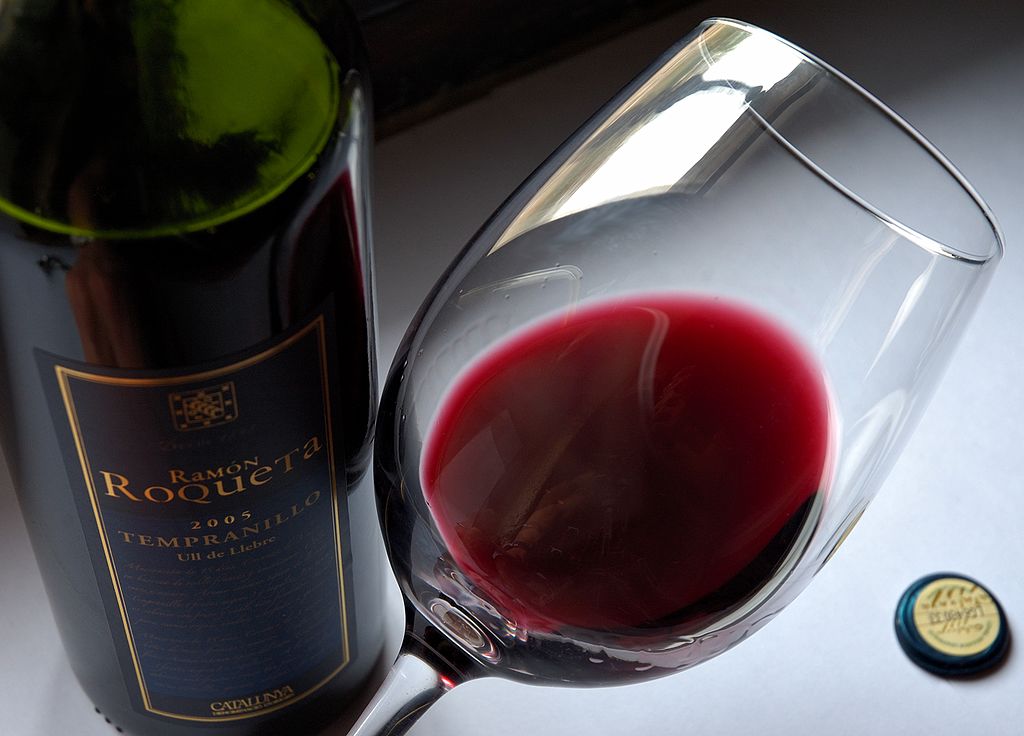
Regulations govern the classification and sale of wine in many regions of the world. European wines tend to be classified by region (e.g. Bordeaux, Rioja and Chianti), while non-European wines are most often classified by grape (e.g. Pinot noir and Merlot). Market recognition of particular regions has recently been leading to their increased prominence on non-European wine labels. Examples of recognized non-European locales include Napa Valley, Santa Clara Valley, Sonoma Valley, Anderson Valley, and Mendocino County in California; Willamette Valley and Rogue Valley in Oregon; Columbia Valley in Washington; Barossa Valley in South Australia; Hunter Valley in New South Wales; Luján de Cuyo in Argentina; Vale dos Vinhedos in Brazil; Hawke's Bay and Marlborough in New Zealand; Central Valley in Chile; and in Canada, the Okanagan Valley of British Columbia, and the Niagara Peninsula and Essex County regions of Ontario are the three largest producers. Some blended wine names are marketing terms whose use is governed by trademark law rather than by specific wine laws. For example, Meritage (sounds like "heritage") is generally a Bordeaux-style blend of Cabernet Sauvignon and Merlot, but may also include Cabernet Franc, Petit Verdot, and Malbec. Commercial use of the term Meritage is allowed only via licensing agreements with the Meritage Association. Wine tasting is the sensory examination and evaluation of wine. Wines contain many chemical compounds similar or identical to those in fruits, vegetables, and spices. The sweetness of wine is determined by the amount of residual sugar in the wine after fermentation, relative to the acidity present in the wine. Dry wine, for example, has only a small amount of residual sugar. Some wine labels suggest opening the bottle and letting the wine "breathe" for a couple of hours before serving, while others recommend drinking it immediately. Decanting (the act of pouring a wine into a special container just for breathing) is a controversial subject among wine enthusiasts. In addition to aeration, decanting with a filter allows the removal of bitter sediments that may have formed in the wine. Sediment is more common in older bottles, but aeration may benefit younger wines. During aeration, a younger wine's exposure to air often "relaxes" the drink, making it smoother and better integrated in aroma, texture, and flavor. Older wines generally fade (lose their character and flavor intensity) with extended aeration. Despite these general rules, breathing does not necessarily benefit all wines. Wine may be tasted as soon as the bottle is opened to determine how long it should be aerated, if at all.[108][better source needed] When tasting wine, individual flavors may also be detected, due to the complex mix of organic molecules (e.g. esters and terpenes) that grape juice and wine can contain. Experienced tasters can distinguish between flavors characteristic of a specific grape and flavors that result from other factors in wine-making. Typical intentional flavor elements in wine—chocolate, vanilla, or coffee—are those imparted by aging in oak casks rather than the grape itself.
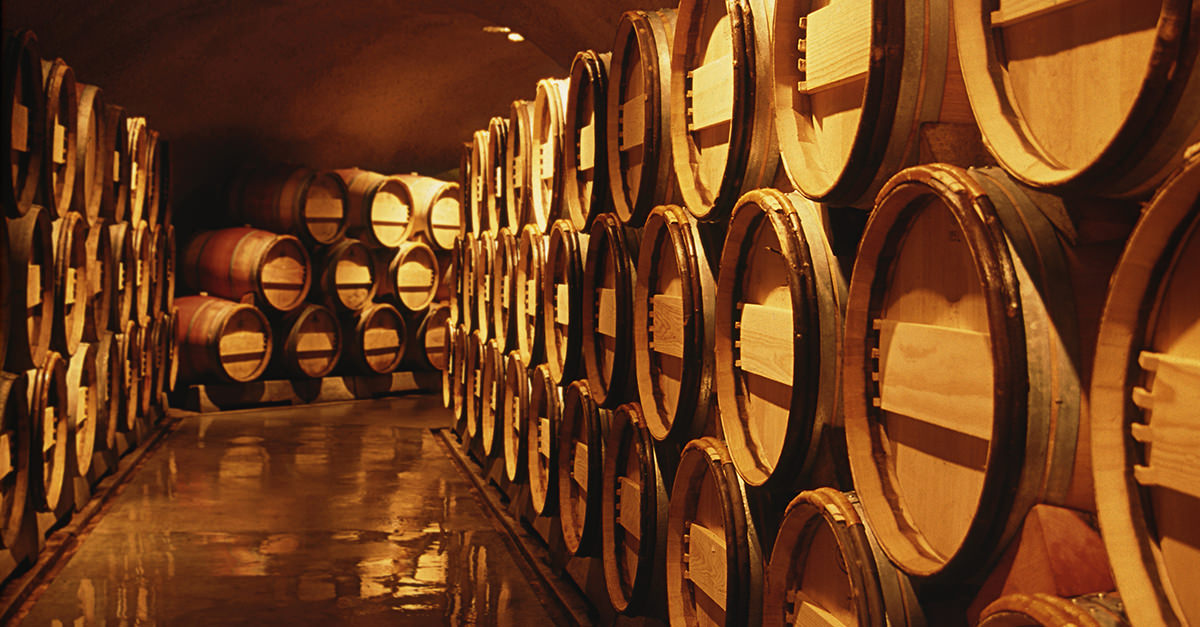
Vertical and horizontal tasting involves a range of vintages within the same grape and vineyard, or the latter in which there is one vintage from multiple vineyards. "Banana" flavors (isoamyl acetate) are the product of yeast metabolism, as are spoilage aromas such as "medicinal" or "Band-Aid" (4-ethylphenol), "spicy" or "smoky" (4-ethylguaiacol), and rotten egg (hydrogen sulfide). Some varieties can also exhibit a mineral flavor due to the presence of water-soluble salts as a result of limestone's presence in the vineyard's soil. Wine aroma comes from volatile compounds released into the air. Vaporization of these compounds can be accelerated by twirling the wine glass or serving at room temperature. Many drinkers prefer to chill red wines that are already highly aromatic, like Chinon and Beaujolais. The ideal temperature for serving a particular wine is a matter of debate by wine enthusiasts and sommeliers, but some broad guidelines have emerged that will generally enhance the experience of tasting certain common wines. White wine should foster a sense of coolness, achieved by serving at "cellar temperature" (13 °C (55 °F)). Light red wines drunk young should also be brought to the table at this temperature, where they will quickly rise a few degrees. Red wines are generally perceived best when served chambré ("at room temperature"). However, this does not mean the temperature of the dining room—often around 21 °C (70 °F)—but rather the coolest room in the house and, therefore, always slightly cooler than the dining room itself. Pinot noir should be brought to the table for serving at 16 °C (61 °F) and will reach its full bouquet at 18 °C (64 °F). Cabernet Sauvignon, zinfandel, and Rhone varieties should be served at 18 °C (64 °F) and allowed to warm on the table to 21 °C (70 °F) for best aroma
